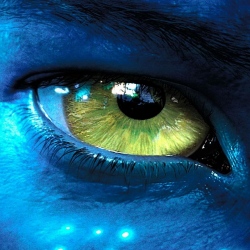
The team that developed the test says it could provide valuable leads in cases where perpetrators cannot be identified through DNA profiling.
The Hirisplex system could allow investigators to narrow down a large group of possible suspects.
Predicting phenotypes – outward traits such as hair colour or eye colour – from DNA information is an emerging field in forensics.
An important current approach, known as genetic profiling, involves comparing crime scene DNA with that from a suspect or with a profile stored in a database.
But this relies on the person either being among a pool of suspects identified by the police or having their profile in a DNA database.
Tools such as Hirisplex could be useful in those cases where the perpetrator is completely unknown to the authorities, said Prof Manfred Kayser, who led the study.
He said the test "includes the 24 currently best eye and hair colour predictive DNA markers. In its design we took care that the test can cope with the challenges of forensic DNA analysis such as low amounts of material."
Prof Kayser, from Erasmus University Medical Center in Rotterdam, the Netherlands, added: "The test is very sensitive and produces complete results on even smaller DNA amounts than usually used for forensic DNA profiling."
He told BBC News that the journal article described everything needed to establish the test in a forensic lab, but that the team was also in touch with industry regarding their knowledge about hair and eye colour prediction.
The test system includes the six DNA markers previously used in a test for eye colour known as Irisplex, combining them with predictive markers for hair.
